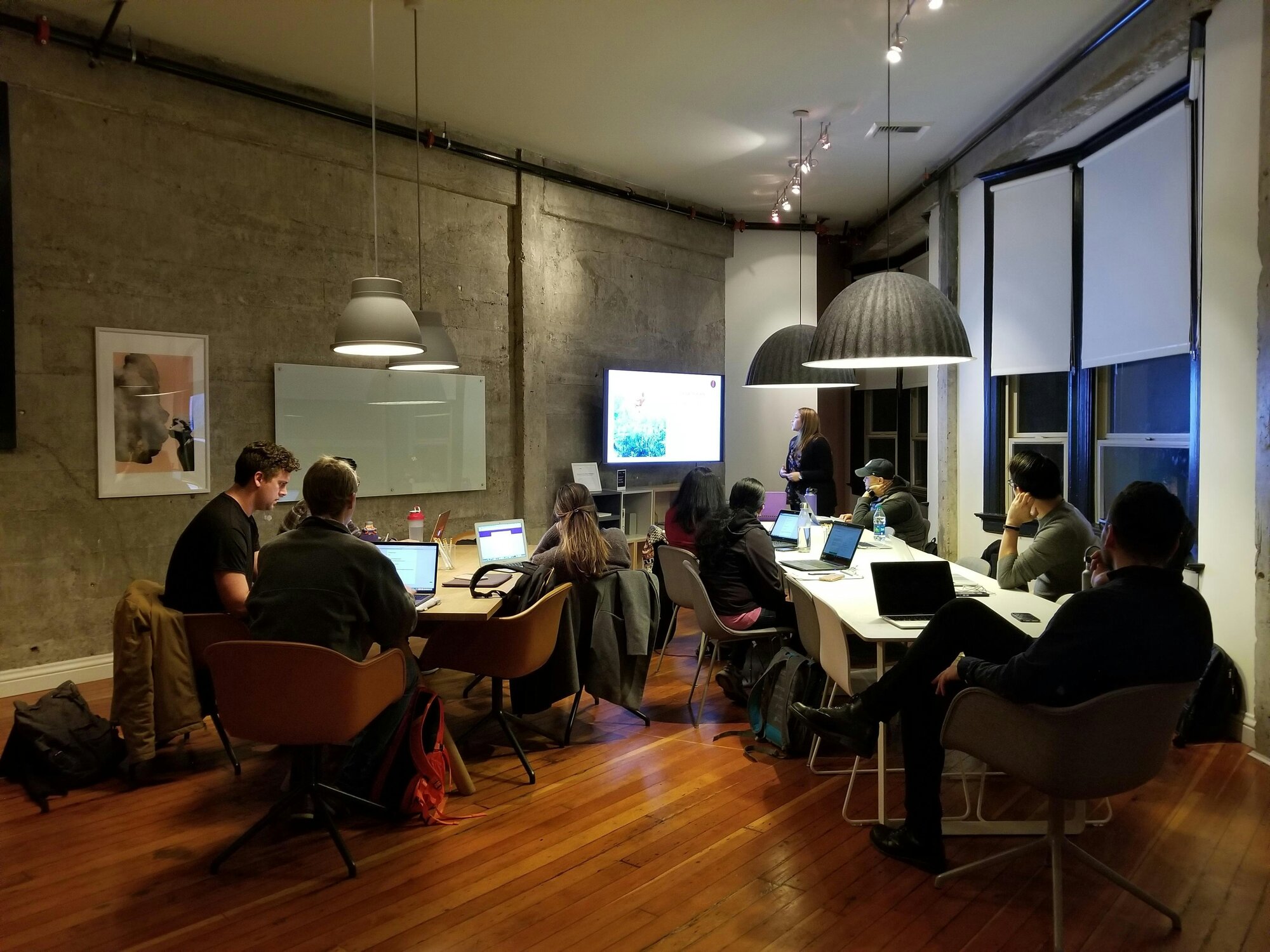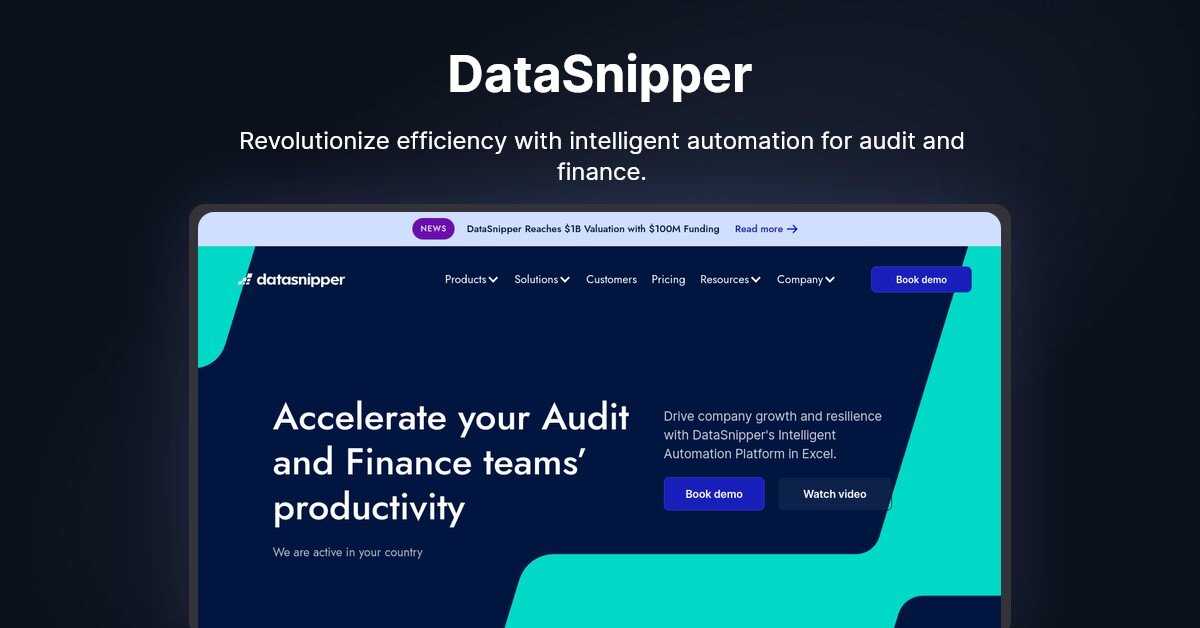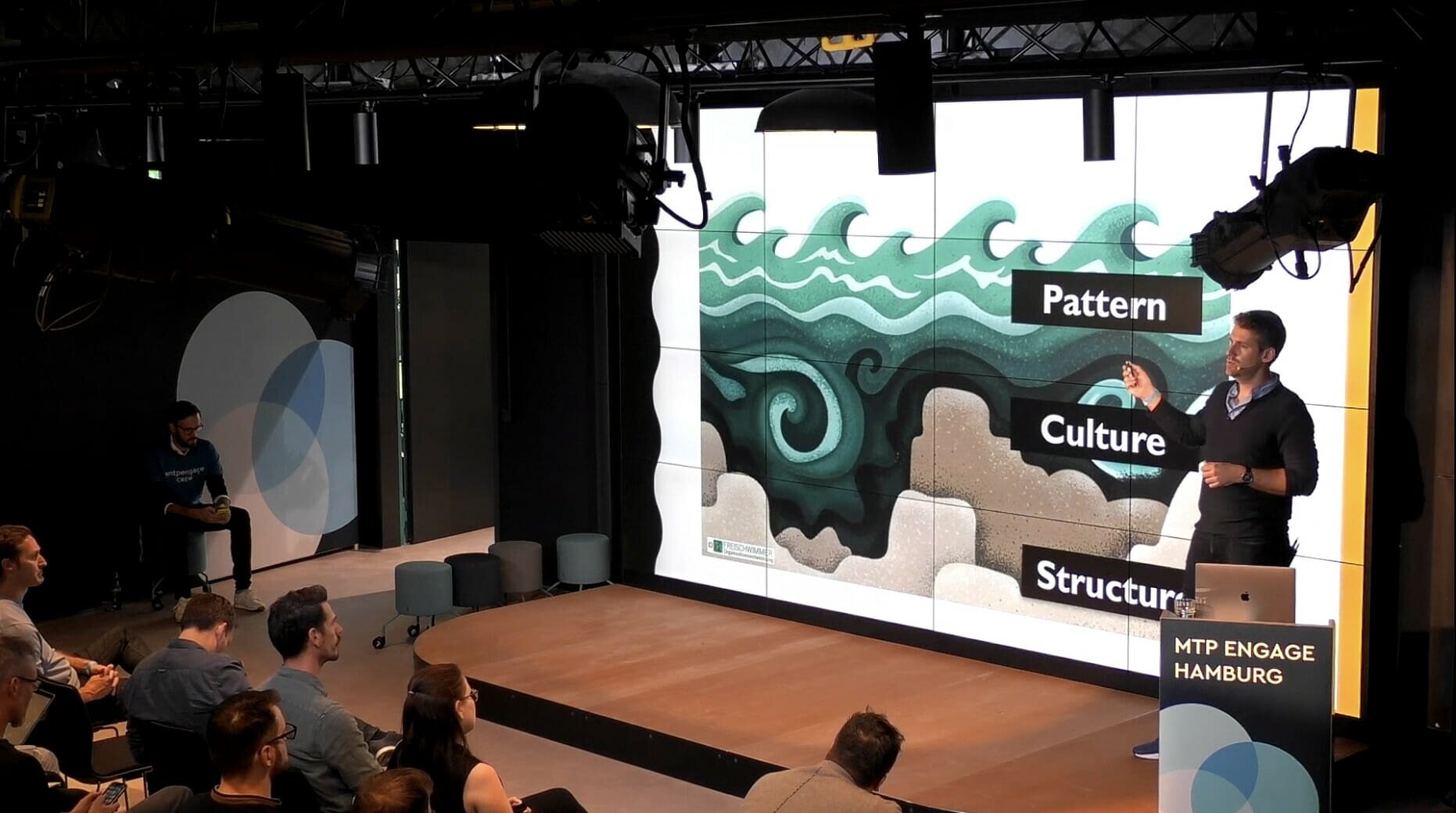As Product Managers, we are in the intersection of three worlds: business, technology and user experience. To succeed in such an environment, a common understanding is key, and "Demystification" is the perfect approach to reach it. Keep reading to know why it's necessary, what it is and how you can start applying it in your company…
I'll even share my own experience.
Why demystification?
Demystification is about common understanding and better communication.
Think about how much time is wasted in redundant explanations in your company, going back and forth in endless discussions due to miscommunication. Worse, think about the unnecessary conflicts and personal grudges generated for no other reason than people misunderstanding each other. Or the worst scenario, think about decisions taken based on wrong, incomplete, or biased information.
This is caused, at least partially, by the Curse of Knowledge bias, that affects all of us: "An individual, communicating with other individuals, unknowingly assumes that the others have the background to understand”
I love the way this concept is graphically illustrated in the book Presentation Thinking & Design: Create Better Presentations, Quicker by Ed Gruwez. The book focuses on presentations, but the concept can be applied to any kind of communication.
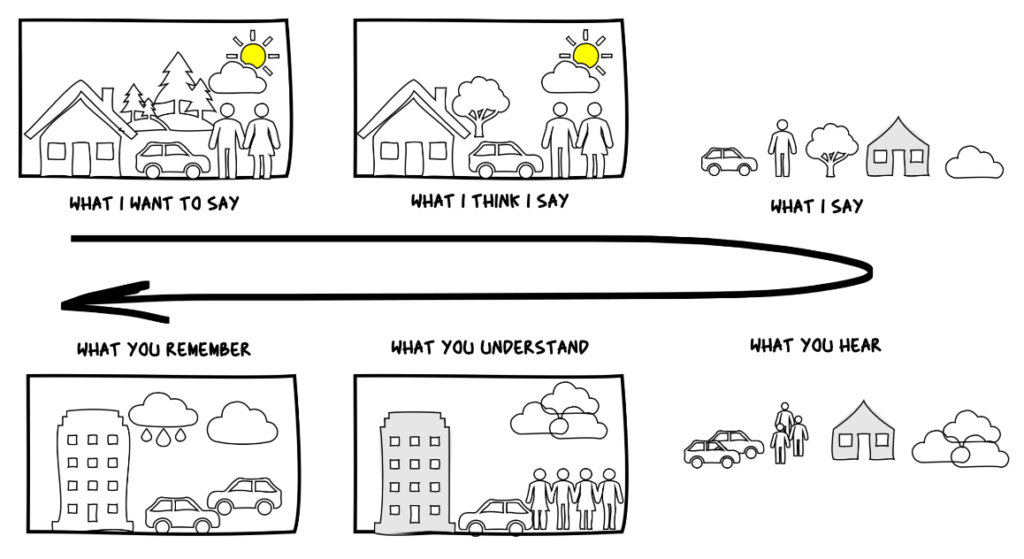
As you can imagine, this is true for any group of people: a family, a group of friends, a sports team…and is painfully true in the corporate world, and particularly in the Product Management world.
In fact, being at the center of a complex ecosystem—business, technology and user experience—we have to interface with a variety of persons with different cultural and educational backgrounds, different levels of expertise in a given subject and different levels of seniority and roles within the company.
We should be able to embrace this richness, ensure that everybody's time is used wisely and that we all can bring value to the table in order to make optimal decisions.
And that's why Demystification is important. It helps to address the communication and misalignment problems, minimize the negative effects and get the most out of human interactions in your company.
What's demystification in our context?
Demystification is all about improving communication. If you prefer something more formal, I came across this definition I particularly like, in the Oxford Learner's dictionary:
Demystification: The act of making something easier to understand and less complicated by explaining it in a clear and simple way.
In other words, Demystification is the art of building common ground for a heterogeneous group of people. It is the difference between a complex and too detailed explanation understandable by a few, and a simplified version with key relevant details understandable by all the persons involved.
Or the difference between an ambiguous and vague message that can be perceived in several ways, and a clear and concise message with a single clear interpretation. Have a look at the illustration on the left, how many bars can you see? Four? Three?. Now check the illustration on the right. Much easier, right?
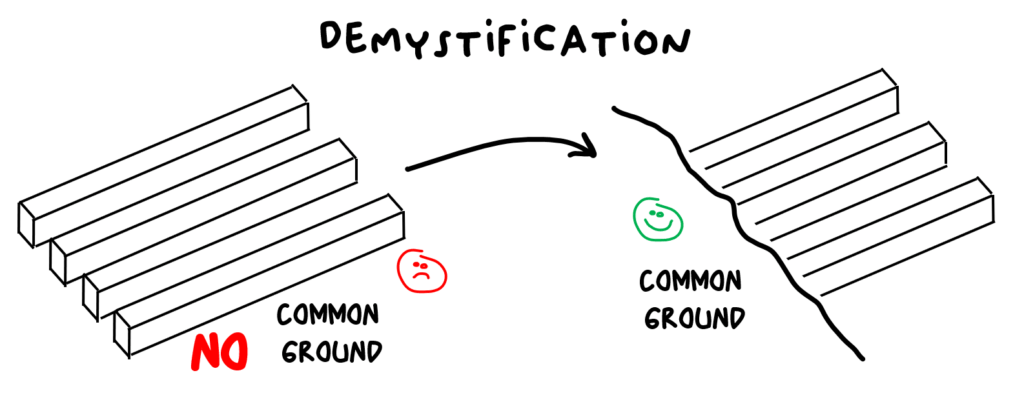
Let's be clear, Demystification is not about everybody understanding every single detail and becoming experts in all the subjects, but about everybody understanding enough to foster relevant and useful interactions. In fact, demystification can happen naturally, in a group of people, when somebody in the audience asks the speaker to rephrase or explain differently to ensure he "gets the point".
However, especially in a professional environment, few people are willing to play the "idiot in the room" role and ask for further explanation. Rather than asking questions when we don't understand something, we will shut-up and pretend everything is clear. And this may cause the issues I explained above: waste of time, misunderstandings and wrong decisions.
To complement the natural demystification that may happen organically (but typically benefit to a reduced group of people), I advocate for a more pragmatic approach, the pro-active Demystification, with three distinctive steps: Identify-learn-share:
- Identify the "concepts worth demystifying". As product managers, we have a unique perspective of the whole company ecosystem. As part of our role, we need often to understand—to a certain extent—many transversal concepts and we can easily identify the ones that are worth sharing cross teams and cross domains.
- Learn by being the "idiot in the room"—ask questions and look for the answers. Rely on your expert colleagues and existing documentation to understand the concept. Remember, it's not about becoming an expert but to "get the point".
- Demystify and share—once you understand a given concept, you should be able to put it in a simpler and clear way to be shared with others. The format and way to share it is up to you; in a formal document, with illustration, diagrams, images, videos…
In the end, it's all about being efficient and sharing with others the fruits of our learning efforts. As a matter of fact, explaining something helps our learning process as we ensure we've really understood…or that we have some gaps.
If the approach is followed by a number of people, ultimately, it will become second nature, and everybody will demystify. It can unlock the natural Demystification while creating the right culture and a comfortable environment where "the idiot in the room" becomes the smart one.
How to start demystifying?
At this point you know the drill: Identify-Learn-Share. And I'm sure some of you are thinking: "I don't have time for this, I have so much on my plate". That's why I will propose you a pragmatic and opportunistic approach.
Identify the areas to demystify
Have you recently started a new product management position and need to fully understand your scope? Are you enlarging your current scope with additional products or elements? Are you an expert in a topic but realize that it's hard for others to understand its value and importance?
These are three great opportunities to identify subjects to be demystified but there may be others out there. In my case, I started a new position as Lead Product Manager covering a quite heterogeneous portfolio of products including tools for frontend developers, tools for business analysts, and tools for data scientists. As a bonus, I had to ramp up in concepts such as DevOps, CI/CD, Web Architecture and Cloud computing. My plate was full of great candidates waiting to be demystified.
Learn and prepare demystification materials
We all have different learning styles and I'm sure you have been learning stuff for a long time. Regardless of your style, for demystification, you should ideally follow the principles of the well-known Feynman's Learning Technique. You should tackle the learning of a subject with the end-goal of being able to explain it to a 10 year old kid at the end of it. If you can do that successfully, it means that "you got it".
For that purpose, you should prepare reusable materials to support your explanations. I created quick cards with illustrations and graphs, short paragraphs to summarize and explain a concept, short animated videos when relevant to follow the flow of data…
Share – use and adapt the demystification
At this point you've done the hard part; you have a baseline of "Demystification" materials. It's time to shine and to share, and it's very important to adapt them to the situation and the audience. This article—How to explain anything to anyone: 4 steps to clearer communication—is a very good reference to consider for this process.
The idea is to get the most out of the effort you already made understanding and learning a given subject, and as such, you can use the materials in a wide range of situations:
- Presentations: when you're presenting in front of a heterogeneous audience, you want to set the common ground and ensure everybody starts from the same place. This will allow you to reach your objective—whatever it is. Presentations are the perfect situation to adapt and use your demystification materials because you're in control. You can prepare beforehand, and you should have time to know your audience.
- Formal meetings: this one is a slightly different situation, but you can still benefit from your previous work. You're not the presenter but you're part of a group of persons in a meeting. The demystification materials can make discussions shorter and to the point, making them more effective and avoiding the waste of time.
- Corridor/Coffee room/Video Conference/Chat/Ad-hoc discussions: you've done the job, and even though it's formalized in some materials, the clarity and capacity to demystify a given subject are also in your head. You can use it whenever you are, whatever the situation.
Pushing the limits "demystification weekly update"
The ultimate barrier is to broadcast Demystification. You can decide to spread the word proactively, motivate others to apply the approach and share it broadly with the whole organization.
Some months ago, I launched the so-called "Demystification week update". After several months I had a good deal of areas "demystified" – verified with experts for correction and proven with non-experts for clarity – and I decided to go big.
I created a Microsoft Teams Channel, with over 400 people including frontend and backend developers, UX designers, product managers, top and middle managers, from over 20 different nationalities.
I tried to apply the main principles included in the article I shared above:
- Start off in the right place and explain why the subject is interesting—it's impossible to adapt, be relevant and get the attention of such a big group. I tried at least to ensure that the message was adapted and reached the ones that would benefit the most. For that, I would clearly state upfront the subject, why it is important and for whom it is relevant.
- Don't go too far down the rabbit hole and prioritize clarity over accuracy – I decided to define clear rules for the update to achieve this: The message should be read and understood in under two minutes. The goal is to break the wall, open the door to the subject and invite people to enter and discover more.
I can proudly say that the initiative was a success and was totally worth the effort. I hope it will inspire you to put into practice something similar adapted to your skills and your company needs. It went over for more than six months, with over 20 updates from different persons on all kind of subjects, including; architecture details, security procedures, commercial engagements and customer relationships, customer events, data analytics.
Conclusion
Our work life is a continuous learning process. The demystification mindset helps you to reinforce the learning process, materialize your efforts and share the outcome with the people around you to improve the communication across the overall organization.
As product managers, we have a privileged position to identify critical subjects, worth clarifying across the organization to reach a common understanding. It's only natural that we position ourselves as Demystification advocates, for our own shake and for the benefit of the whole company.
In my case, it worked out. Over time, more and more people started to apply the Demystification mindset, with different styles and ways of sharing, but in an impactful way. Ultimately, it has become a common use word across the board and there is not a single week where I don't hear the word Demystification in a way or another.
What are you waiting for? Start demystifying right now. Worst case, you will learn something… and best case you'll change your company forever.
Explore more content on product management teams. For even more content on a range of product management topics, see our Content A-Z.



